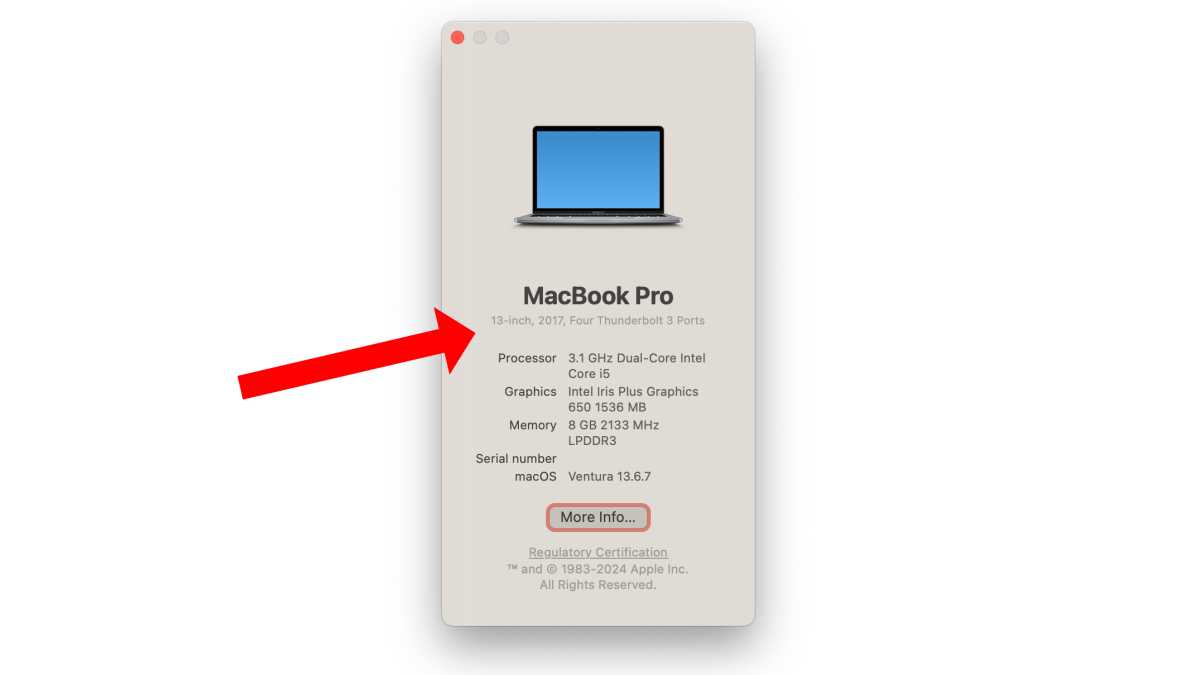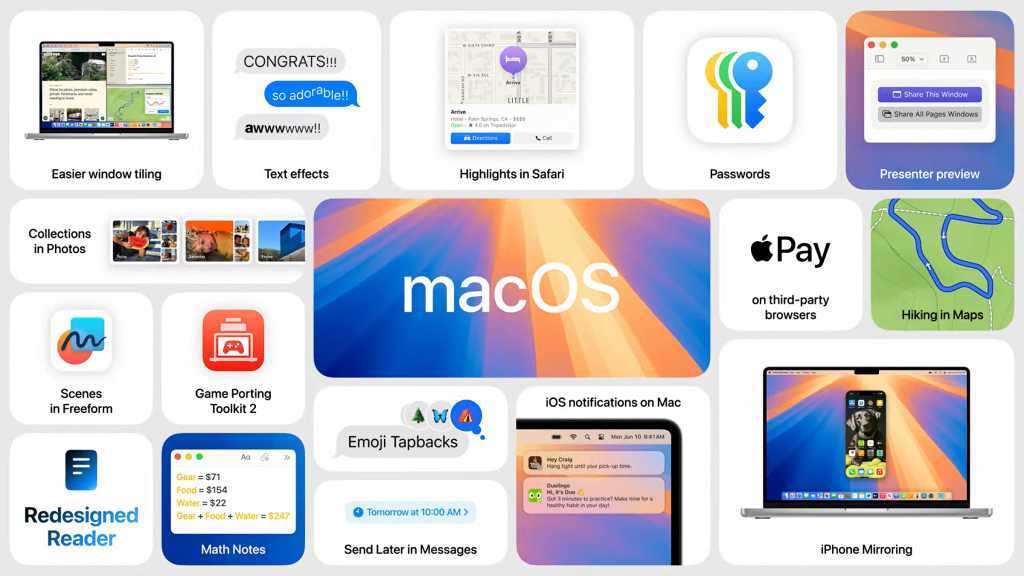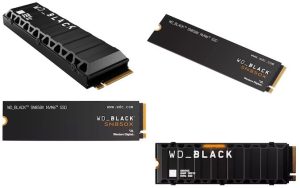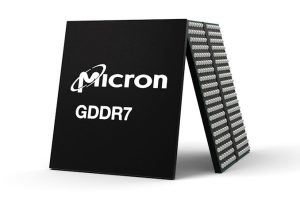
Apple has announced its next instalment in the macOS franchise, with season 15 given the name macOS Sequoia. It comes with plenty of cool new features, including iPhone mirroring, window tiling, huge upgrades to Safari, a new passwords app, plus the introduction of Apple’s own built-in AI capabilities which the company has dubbed Apple Intelligence. You can read all about these exciting new features and more in our roundup of what’s new in macOS Sequoia.
So, the big question you may be asking yourself is if your Mac will be able to run macOS Sequoia? Here’s a breakdown of the supported models, along with guidance to whether compatible models will get all the features in the new software.
Macs that support macOS Sequoia
Apple has confirmed that the following models will get macOS Sequoia:
- MacBook Pro models from 2018 or later
- MacBook Air models from 2020 or later
- iMac – 2019 and later
- Mac mini – 2018 and later
- iMac Pro – 2017 and later
- Mac Studio – 2022 and later
- Mac Pro – 2019 and later
Read: Which Intel Macs support macOS Sequoia?
macOS Sequoia features that require newer Macs
While most of the Macs on the list above should be able to use the features that come in macOS Sequoia, there are some that won’t meet the hardware requirements for specific tasks. Here’s the ones that require newer Macs.
Apple Intelligence
The obvious one is for Apple Intelligence, as it requires the neural engine that comes in the Apple Silicon processors. So, if a Mac is on the older Intel processors, then Apple Intelligence is not supported.
These are the models that will get macOS Sequoia and support Apple Intelligence:
- MacBook Pro from late 2020 and later
- MacBook Air from late 2020 and later
- iMac from 2021 and later
- Mac mini from late 2020 and later
- Mac Pro from 2023
- Mac Studio from 2022 and later
iPhone Mirroring
With iPhone Mirroring you’ll be able to run your iPhone apps on your Mac and drag and drop files between them. This is supported on all M-series Macs, but it requires a T2 chip for Intel models. Here’s the ones that are supported:
- All Macs with Apple Silicon processors
- 2020 Intel MacBook Air
- 2018 or later Intel MacBook Pro
- 2018 Intel Mac mini
- 2020 27-inch Retina 5K Intel iMac
- 2017 Intel iMac Pro
- 2019 Intel Mac Pro
Live Audio Transcription in Notes
This cool feature will turn all conversations into text without you needing to do anything at all. Due to the technical demands this feature requires, it’s only supported on Macs that has Apple Silicon onboard. That means that this is the list of compatible Macs:
- MacBook Pro from late 2020 and later
- MacBook Air from late 2020 and later
- iMac from 2021 and later
- Mac mini from late 2020 and later
- Mac Pro from 2023
- Mac Studio from 2022 and later
Macs running macOS Sonoma that won’t get macOS Sequoia
There are a couple of models that could run macOS Sonoma won’t be making the cut this time around. They are as follows:
Both will of course be able to keep running macOS Sonoma, and, as Apple tends to support its last three versions of the OS with security updates, they will carry on happily for at least another couple of years.
Read: How long do Mac last?
How do I know which Mac I have?
If you’re not certain which model of Mac you have, then it is very easy to check. Simply click on the Apple symbol in the top left of the Menu bar that runs along the top of the screen, then select the About this Mac option. Under the picture of the Mac you’ll see the description which includes the model and year it was made.


Martyn Casserly

Martyn Casserly
Martyn Casserly
Should it be the case that your Mac is no longer supported, then it may be time to upgrade to a newer model powered by Apple Silicon, as this should future-proof you for a few years. With so many options available, we recommend reading our Mac buyers’ guide as this will help you narrow down the choice to the device that best suits your needs and budget.




